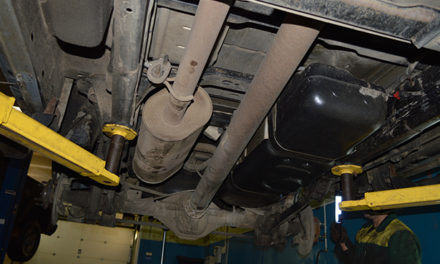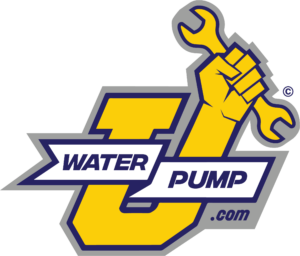Liters, Gallons, And Brake Specific Fuel Consumption
Fuel pumps are rated in either liters or gallons per hour. One U.S. gallon is equivalent to 3.785 liters or 231 cubic inches. You can round up to 3.8 liters for most calculations. One liter is then equal to approximately 0.26 U.S. gallons. Brake Specific Fuel Consumption (BSFC) is the ratio of how much power an engine produces compared to the amount of fuel used. The rating is often measured in kilowatts per hour.
Calculating The Size Of Fuel Pumps
An electric fuel pump used in regular engines is smaller because the engine requires less fuel than nitrous, supercharged, or turbo engines. To determine the fuel pump size for a naturally aspirated engine, take the projected horsepower and multiply it by 0.38 to determine liters per hour. If you want to convert that number to gallons, divide the answer by 3.785.
Turbo And Nitrous Considerations
Electric fuel pumps must be de-rated for forced induction engines. More horsepower is needed to turn or drive compressors. To determine the required fuel pump size for these engine types, take the projected horsepower and multiply it by 0.47 to determine liters per hour.
Calculating Injector Size
In carbureted engines, it is possible to have way too much carburetor. This results in flooding and wasted fuel. When it comes to injectors, oversized does not create major issues but still results in waste. Injectors are normally rated in cubic centimeters (cc’s) per minute. Take the calculated fuel pump size in liters and divide the number by 16.67. If you want this number in pounds per minute, divide the cc’s per minute by 10.5. Fitment and drive must also be considered. Injector ECUs may be low or high impedance. Some ECUs will drive either type, but you need to obtain this information before changing your injectors. The fitment is the injector inlet and outlet size and the length of the injector.
Running a fuel pump that is larger than you need should not cause any problems. Excess fuel should be returned to the gas tank. The return lines do need to be large enough to handle the returning fuel. However, you do want to avoid the potential for fuel waste and excess work on the part of the fuel pump if you are using one that is too large.




![[Vehicle Fitment]: Compatible with Buick Enclave 2012-2017 V6 3.6L; Compatible with Chevrolet Traverse 2012-2017 V6 3.6L; Compatible with GMC Acadia 2012-2015 V6 3.6L, Acadia 2017 V6 3.6L(Indirect Injector) [Reference Number]: FJ1152, 12634491, 02615...](https://m.media-amazon.com/images/I/41yNIq7d3TL._SL100_.jpg)





![[OE Auto Parts] - 12613411 / 12587269 fuel injectors sold by Pjvmvo are OE parts. We use VIN matching to ensure the integrity of our inventory and accuracy of product descriptions. Offer high quality, and long-lasting performance. [Fitment] - 5.3L / ...](https://m.media-amazon.com/images/I/41K60SoJq9L._SL100_.jpg)


![[Durable construction] Made with high-quality materials and precision manufacturing processes, this fuel pump is designed to withstand the rigors of everyday use and provide long-lasting performance. [Compatible With] 2010-2016 Buick Lacrosse 2.4L;20...](https://m.media-amazon.com/images/I/41xsCfv2WDL._SL100_.jpg)
